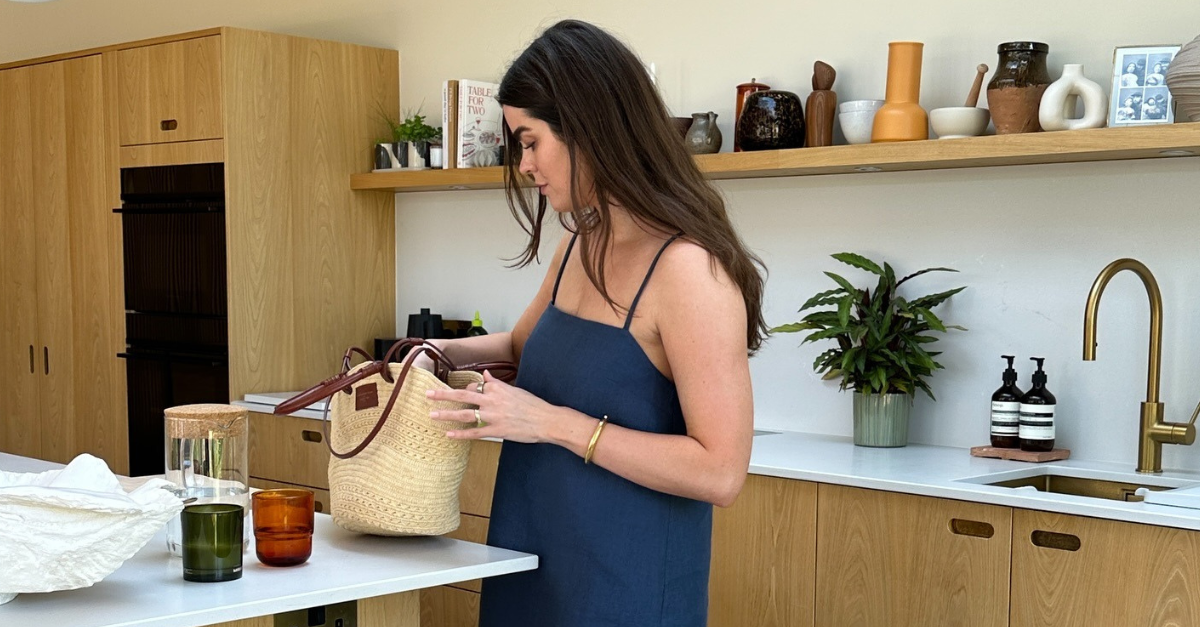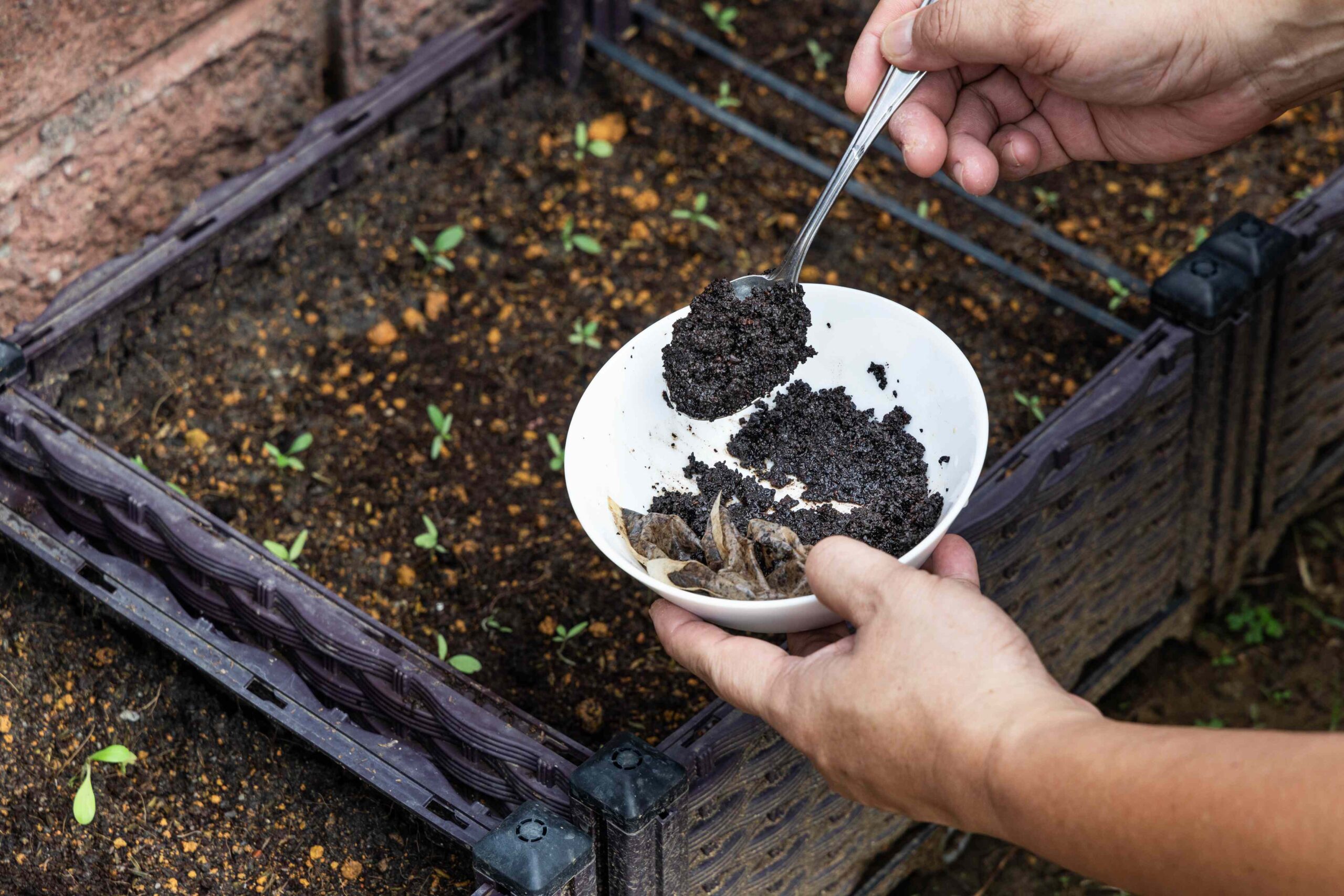If you drink coffee, you probably have a steady supply of coffee grounds on hand—but don’t throw them away. Instead, put them to work in your garden, where they can help grow stronger, healthier plants. Here’s how and why to use coffee grounds in your garden soil or compost pile.
Are Coffee Grounds Beneficial for Plants?
Yes, coffee grounds can be beneficial to plants when used in the garden in small amounts. As a soil amendment, they feed beneficial microbes that release substances that can improve soil condition.
Coffee grounds can also be used as a mulch on the soil surface. However, they’re not a reliable method for keeping pests away, or acidifying, or fertilizing soil.
Want more gardening tips? Sign up for our free gardening newsletter for our best growing tips, troubleshooting hacks, and more!
How to Use Coffee Grounds in the Garden
- In compost: Coffee grounds make an excellent addition to your compost pile. Maintain a ratio of at least three parts brown material, like dried leaves, and one part green material like grass clippings, to one part coffee grounds. Coffee filters can also be composted. Small amounts of coffee grounds can also be beneficial for vermicomposting. Be sure to let coffee grounds cool before adding them to your compost pile or worm bin.
- As mulch: Coffee grounds can be used along with other organic mulches on the soil surface to suppress weeds, help maintain soil moisture, and add to soil organic matter in the long term.
- As a soil amendment: Small amounts of coffee grounds added to soil can support good drainage and build soil structure over time.
Risks of Using Coffee Grounds Incorrectly
While adding a bit of coffee grounds to your garden soil is unlikely to cause problems, there are some potential issues to avoid. Allow freshly brewed coffee grounds to cool completely before adding them to your compost pile or garden soil, as very hot grounds could kill off beneficial microbes.
Don’t rely on coffee grounds to consistently acidify soil or as the only source of nutrients you’re adding. Their pH isn’t consistently acidic, and they contain only small amounts of nitrogen and plant micronutrients, which aren’t adequate to fertilize heavy feeders like tomatoes, peppers, corn, and other garden crops.
It’s also possible that the small amount of caffeine left in coffee grounds could prevent some seeds from germinating or slow down plant growth.
If you do choose to use coffee grounds in your garden, use them sparingly to avoid harming plants or damaging the soil. To use coffee grounds as a soil amendment, work up to a half-inch of coffee grounds into the top 4 inches of garden soil.
If you decide to leave the coffee grounds on top of the soil surface as a mulch, add a few inches of another organic mulch like shredded leaves or salt hay. This can keep the grounds moist, allowing them to absorb rather than repel water.
Plants That Like Coffee Grounds vs. Plants That Don’t
When used sparingly, coffee grounds can be added to garden beds or containers for just about any plant. There’s a persistent myth that, because coffee is relatively acidic, adding coffee grounds to the soil of acid-loving plants like blueberries, rhododendrons, gardenias, blue hydrangeas, and azaleas isn’t a reliable way to lower soil pH.
That’s because the pH of coffee grounds can vary widely and changes over time. Instead, use high-nitrogen commercial fertilizers created specifically for boosting soil acidity. You can still use coffee grounds in or on the soil around these plants as a mulch or soil amendment, but don’t trust it to lower soil pH alone.
FAQ
-
No. Coffee grounds have not been proven to repel garden pests. Though caffeine is toxic to pests like slugs, there isn’t enough caffeine in coffee grounds to keep them from eating your plants.
-
Yes, you can sprinkle a small amount of coffee grounds on the soil surface for potted plants.
-
There’s no need to rinse coffee grounds before using them in your garden. However, it’s best to let them cool before adding them to compost or sprinkling them on soil.











